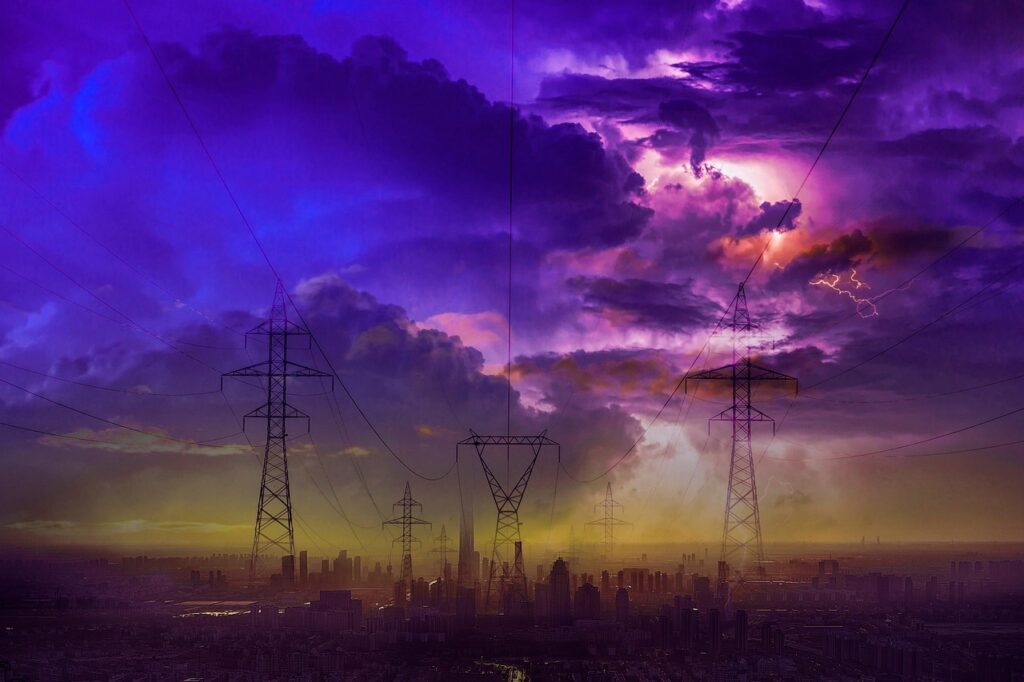Flexibility and responsiveness

This is how the proposals for changes in the energy market prepared by the head of PSE Grzegorz Onichimowski and the government plenipotentiary for strategic infrastructure Wojciech Wrochnka can be summarised in a nutshell.
Along with several experts, I was asked by the “Rzeczpospolita” to speak on the changes referred to as the “anti-blackout package”. I am sharing with you an extended version of the commentary. The issue is very important for system stability and energy security. I also invite you to continue this discussion.
PSE like a military headquarters
In the energy transition in our country, PSE has played an important role from the beginning, which has grown even more recently. It is a company – an institution which, in view of the huge share of RES in energy production of which we should be proud in Poland, as well as the challenges of energy security, must be armed with specific tools, rapid response and management capabilities.
In practice, this means describing and laying out our electricity system anew. ‘The anti-blackout package’ approved by the Standing Committee of the Council of Ministers and sent for consultation is part of this huge task. The system is not only formed by photovoltaic installations, windmills or other generation sources. It is also strongly influenced by energy consumers.
According to former URE President Dr Mariusz Swora, the most serious current problems concern the low-voltage networks, whose overloading results in increased failure rates and a real threat to the continuity and quality of energy supply.
Awareness and education
The change we are talking about involves intensive work on customer awareness in the energy market, together with consistent education about energy efficiency and related opportunities. Without consumer and business activism, energy transformation and flexibility will only be passive processes.
This is what the desire for greater uptake of dynamic tariffs or the use of DSR solutions requires. Without an understanding of the mechanisms and intentions involved, it is difficult to discuss this further.
In essence, it boils down to the conscious and responsible use of energy. When it is scarce, prices will be higher. On the other hand, when production is in full swing, prices will fall considerably, in which case optimum self-consumption is needed, together with the storage of surpluses.
Market and technology
The discussion about liberalising the energy market in the form of abandoning the tariff process for households has been going on for years. The rise in global energy prices in recent years has put the brakes on these considerations. There is now a slow return to the market. Energy companies are being proactive in tailoring their offers to the best of their customers’ needs, which also translates into commercial terms and conditions. However, these customers need to know what makes up the final price of energy and what they themselves need to do to be able to influence it.
Such awareness, supported by education, is a necessary condition for effective cooperation between system managers and the public and market participants. I also see in the document prepared by PSE a strong incentive to develop energy management systems and for customers to become actively familiar with them. In the changes we are preparing for, technology, together with awareness, and responsibility, plays a key role.
A comprehensive approach to changes in the energy market was also emphasised by Joanna Pandera, president of Forum Energii. She points out that the energy system is becoming increasingly volatile and ‘a great deal of flexibility is needed – technically on the part of generators, consumers, who should gradually get used to it and be able to react, but also the market, which must be able to reward this flexibility’.
